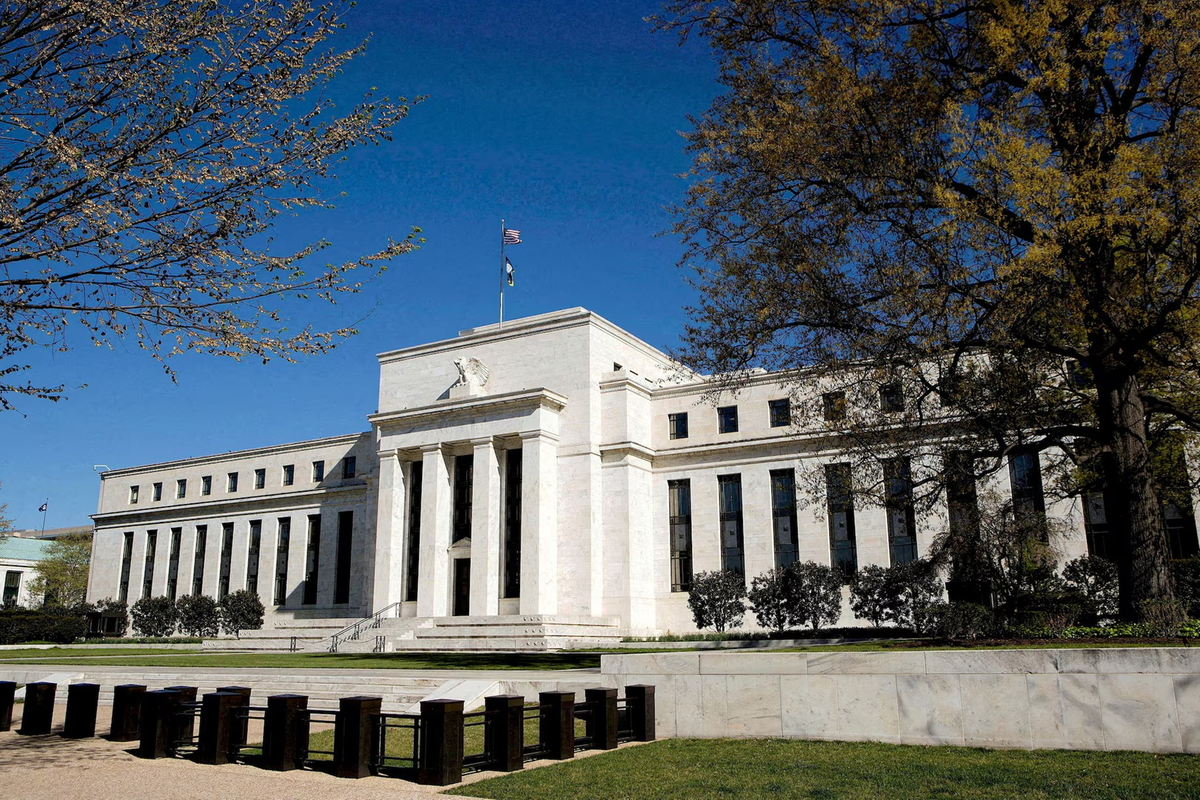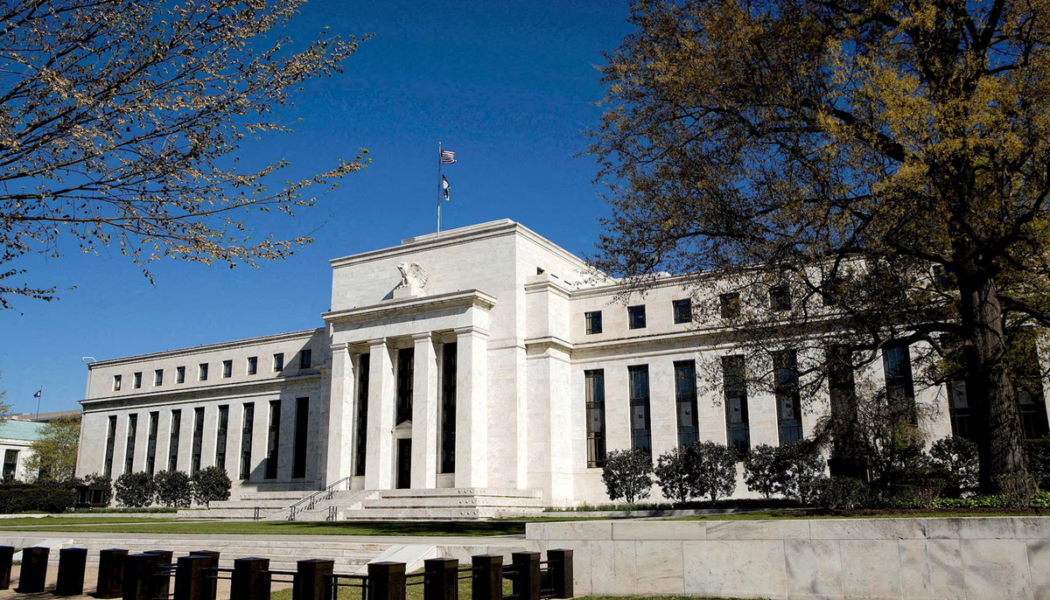
A cut on bank borrowing costs, gains at the Nairobi Securities Exchange (NSE) and a stronger shilling against the dollar are in the offing in Kenya after the US Federal Reserve started its anticipated rate cuts on Wednesday, triggering a flow of the greenback to emerging countries.
The US central bank cut its base rate by a half percentage point to a range between 4.75 percent and five percent, its first cut since March 2022 when it was forced to start tightening its monetary policy in response to rising inflation.
Economists say that lower US interest rates can benefit emerging markets by reducing the cost of dollar financing and other borrowing costs.
Lower rates on US bonds can also often make assets from other countries more attractive, triggering increased flow of dollars for purchasing shares at the Nairobi bourse and government securities.
Before Wednesday’s cut, US rates had been at their highest since 2001, part of the Fed’s bid to bring down inflation from the biggest surge in a generation.
But with consumer price inflation now at 2.5 percent, close to the Fed’s 2.0 percent target, the central bank has signalled more reductions to come.
Global equities rallied yesterday as investors sought to buy shares ahead of an expected surge in a setting that saw the dollar weaken against top currencies as the appeal of investing in the US papers took a hit.
“Key emerging markets in Asia saw gains after the Fed announcement, and we expect frontier markets where Kenya lies to follow suit before the end of the year,” said Wesley Manambo, a senior analyst at Standard Investment Bank in Nairobi.
“Foreign investors will be more inclined towards inflows as the opportunity cost of investing here as opposed to developed markets diminishes.”
The September cut, which is expected to be followed by another half a percentage point cut before close of the year, is set to trigger a global realignment of capital flows to the benefit markets such as Kenya.
NSE boost
The Nairobi bourse, which has been stuck in a prolonged bear run due to foreign investor selloffs, is set to benefit from the expected capital outflows from the US as rates in the largest economy fall in coming months.
Foreign investors at the NSE have over the years had a significant influence on price movement on blue chip stocks such as Safaricom, EABL, Equity Group and KCB due to their deep pockets that allow them to dominate trading on the counters.
The top four companies account for 60 percent of the NSE’s market capitalisation or investor wealth, a position that has seen their movement influence the overall performance of the market.
“We expect to see some gains in valuations before the end of the year, as the foreign capital flows into the market,” said Mr Manambo.
Between 2020 and 2023, the NSE saw cumulative net foreign outflows of Sh84.5 billion, initially due to a flight to safety by investors in the Covid-19 period as global economies slowed down, and later due to the higher interest rates in developed markets.
The tide has been turning this year as foreign investors started taking early bets on the local market in anticipation of the US rate cut.
In the eight months to August 2024, foreigners had made cumulative net sales of Sh1.4 billion from the local market, narrowing down from net outflows of Sh17.8 billion in the corresponding period in 2023.
In yesterday’s trading, investor wealth at the NSE fell marginally by Sh3.2 billion to Sh1.676 trillion, even as the NSE 20 Share Index went up by 0.9 percent to 1,771 points.
Lending rates
The high US rates had a knock-on effect on local rates after the Central Bank of Kenya (CBK) was forced to raise its own base rate to keep Kenyan financial assets competitive for foreign investment and protect the shilling from further depreciation.
Banks passed on the higher cost of deposits –triggered by competition from attractive government paper—to borrowers. This lifted the average lending rate by commercial banks to a nine-year high of 16.9 percent (before addition of charges and risk premium) by the end of July 2024.
The US rate cut should therefore support the CBK’s recent stance of gradually easing its base rate, which started with a 0.25 percentage point cut to 12.75 percent in the August 2024 monetary policy committee meeting.
“We therefore expect the base rate to go lower in subsequent monetary policy committee meetings to align with the prevailing macroeconomic conditions that include lower inflation… ultimately this will be supportive of lower domestic interest rates,” said Churchill Ogutu, an economist at IC Group (Mauritius).
For commercial banks, while lowering interest rates would mean reduced interest margins, cheaper borrowing costs would reignite demand for credit by the private sector and reduce the stock of non-performing loans (NPLs). The non-performing loans (NPLs) ratio stood at an 18-year high of 16.3 percent in June 2024.
Investors profiting from high deposit rates, which have risen from 7.8 percent in June 2023 to a high of 11.48 percent in June 2024, should expect a knock on the returns.
Bonds
The CBK’s decision to raise its base rate to 13 percent earlier this year (before the cut to 12.75 percent in August) supported a rise in the rates on government bonds to highs of up to 18 percent, saddling the Treasury with higher domestic debt service costs even as investors enjoyed higher returns on their holdings.
The higher returns on bonds relative to other local assets has seen the number of Kenyans investing in government securities surge.
By the end of last week, retail investors held Sh757 billion worth of government securities, representing an increase of 33 percent on the Sh571 billion they had lent to the government at the beginning of the year.
The US cut, when mirrored locally, will boost the CBK’s efforts to bring down domestic bond rates as increased flow of funds due to increased attractiveness of local bonds would strengthen the central bank’s hand in controlling the returns.
It will also offer opportunities for the government to tap overseas commercial loans cheaply, notably dollar financing.
“Keya usually taps into the external commercial debt market in the second half of the fiscal year, and the easing of the US rate is therefore supportive of a Eurobond or syndicated loan in that period to fill the Sh168 billion being targeted from commercial lenders in 2024/2025 fiscal year,” said Mr Ogutu.
Shilling
The shilling has so far gained 21 percent on the dollar this year, meaning that the boost from the US rate cut-led inflows is likely to be limited.
There was a positive reaction to the US rate decision as the shilling was exchanging at an average of Sh129.00 to the greenback in the interbank market on Thursday afternoon, having opened the day at an average of Sh129.20.
Similar to the NSE, the currency will benefit from increased foreign investor inflows into the local equities and debt markets.
Major currencies like UK’s Sterling, Australian dollar, Indonesian rupiah and Chinese renminbi all strengthened in the aftermath of the Fed rate cut.
A stronger shilling often lowers the country’s import bill, helping the CBK’s efforts to keep inflation in check.
On the other hand, it lowers the converted earnings by exporters, hurting the earnings of tea, flower and vegetable dealers.









